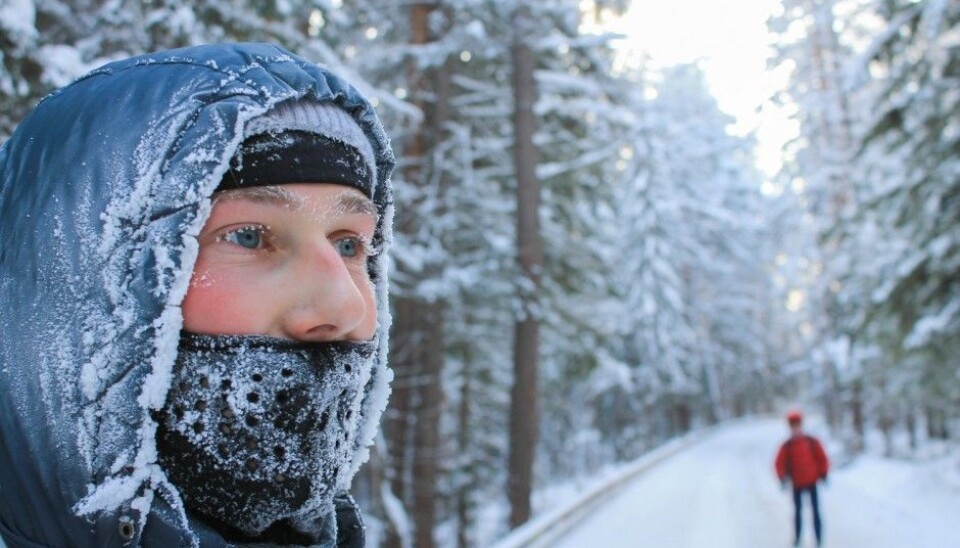
Influenza comes with cold weather
Swedish research confirms that outbreaks of flu coincide with drops in outdoor temperatures.
As if the absence of sunlight and stormy weather were not enough: In winter’s wake come waves of mucous congestion and fits of coughing. We are unsure about what actually causes these seasonal variations of respiratory infections.
It could be anything from seasonal changes in the viruses or our immune defences — or that winter makes us spend more time inside together with sneezing commuters, or with flu smitten companions and colleagues.
But what about the weather? Shouldn’t the biting cold and arctic winds play a role?
We have all been told by parents to dress warmly to avoid catching colds. But do we really catch colds from getting cold?
This is what Swedish researchers aimed to ascertain.
Influenza after the first chilly week
Nicklas Sundell of the University of Gothenburg and colleagues have compared analyses of 20,000 swab samples from noses of volunteers and weather data from the places where the samples were taken. The samples were collected in a three-year period and about half of them turned out to contain viruses known to cause respiratory infections.
The researchers correlated these with weather data about local temperatures, winds and precipitation.
When Sundell and his colleagues compared the meterological data for the season with disease records they found that most of the virus types infected most prodigiously in the winter months. Cold weather seemed to be a key factor here.
The researchers found a strong link between drops in temperature and the starts of the flu season. These started about a week after the first week of more frigid weather.
When the temperature was low there was a rise in other types of respiratory infections, such as RS-virus or coronavirus.
This correlates well with previous knowledge.
Virus floats longer in winter air
The Swedish researchers point out that temperature is closely associated with humidity.
When outdoor temperatures drop, humidity often does the same and the researchers think this has a big impact on the spread of the viruses.
When humidity is low the virus carrying drops of fluid we emit when we cough and sneeze can be even smaller. This aerosol drifting enables the viruses to remain aloft longer and thus increases chance of a connecting with a new human host.
Low outdoor temperatures also enable viruses to infect more people indoors too. The heating systems in our buildings and houses often dry out the air, the Swedish researchers point out in the Journal of Clinical Virology.
Not all viruses
Although the success of most viruses seemed to depend on outdoor temperatures, this was not the case for all. Incidence of human rhinovirus – the most common cause of colds – did not appear to be affected. This virus is common in all seasons.
It is worth mentioning that chilly weather is not what makes us sick. Pathogenic microorganisms such as the flu virus have to already be amongst us for an outbreak to occur.
Our own mental and physical conditions can also be factored in. Research has shown that both stress and insufficient sleep raise the risk of colds or the flu.
-------------------------------------
Read the Norwegian version of this article at forskning.no
Translated by: Glenn Ostling






